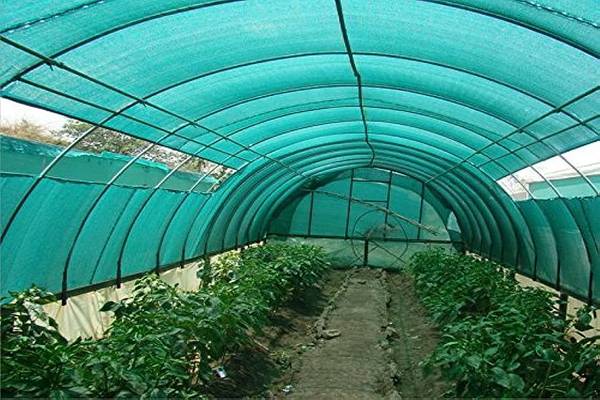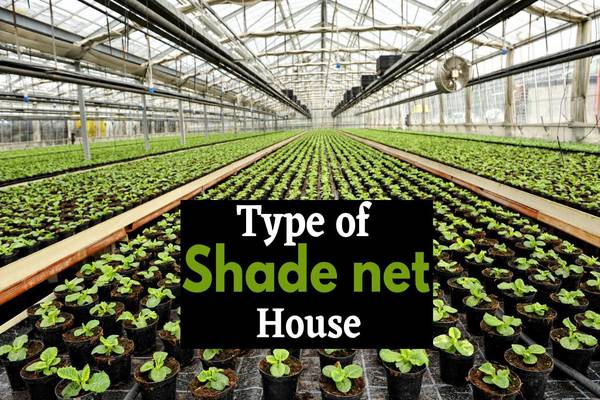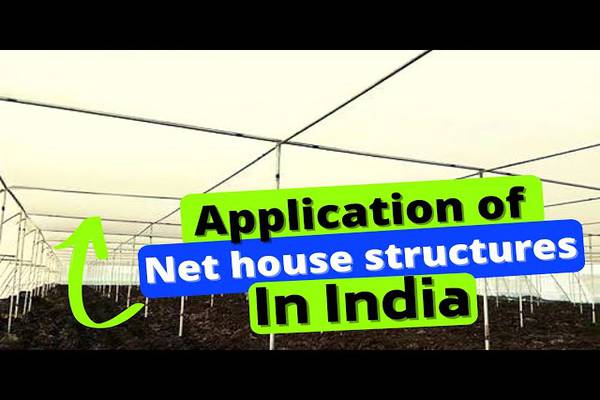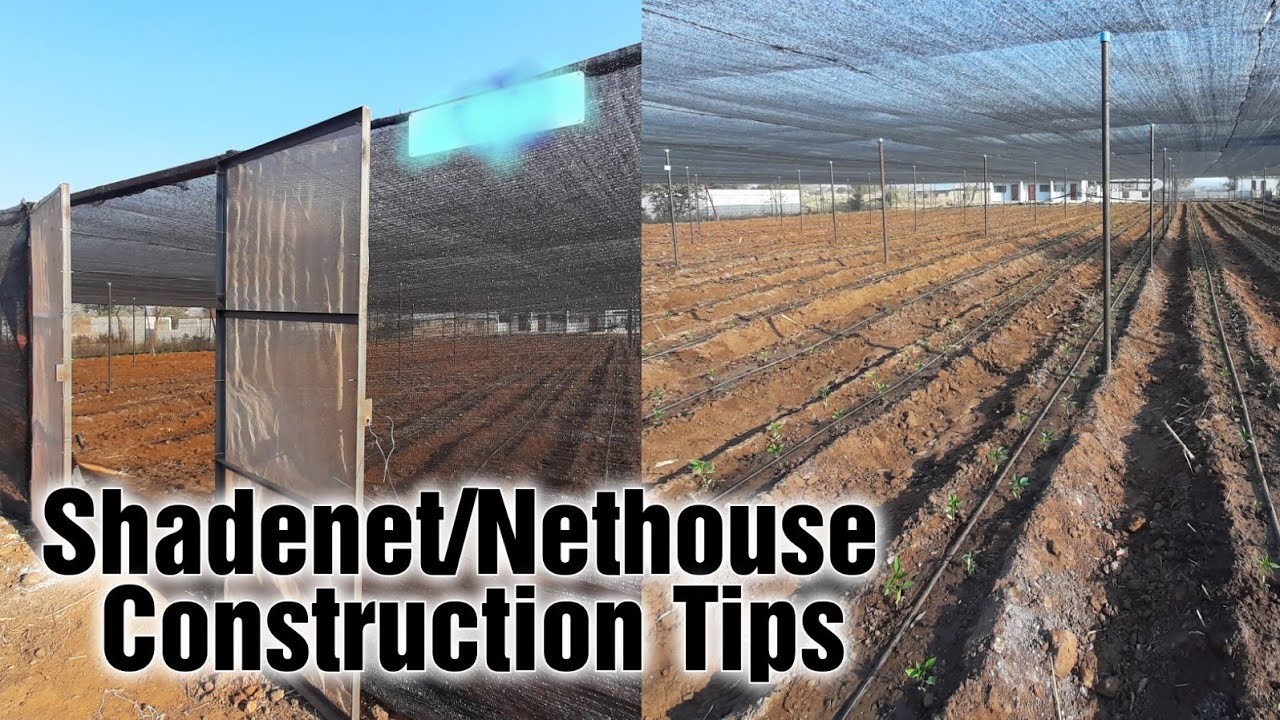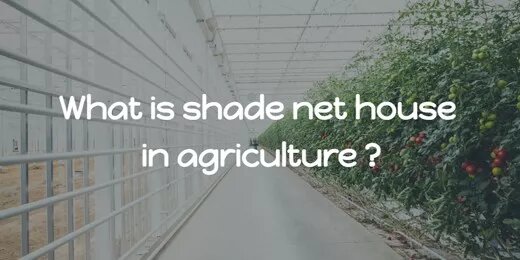Net House In Agriculture
Drafted by: vijaychourey26@gmail.com
In the realm of modern agriculture, innovation plays a pivotal role in ensuring higher yields and sustainable crop production. One such innovation that has gained significant prominence is the utilization of net houses. These structures provide a controlled environment for crops, protecting them from adverse weather conditions, pests, and diseases while also facilitating improved growth. In this article, we will delve into the various types of net houses in agriculture and their unique benefits.
Net houses, also known as shade houses or greenhouses with netting, have revolutionized the way crops are cultivated. These structures combine the benefits of conventional open-field cultivation with advanced technology to create an optimized growth environment for plants.
What Is A Net House?
A net house, also known as a shade house or insect-proof net house, is a protective structure used in agriculture to create a semi-controlled environment for growing plants. It consists of a framework made of sturdy materials like galvanized steel or aluminum, covered with specially designed insect-proof netting.
Design and Components
Net houses are designed to offer protection from adverse weather conditions, pests, and diseases, while still allowing sunlight, air, and rain to reach the plants. The structure typically includes a framework, support columns, netting, entry points, and proper ventilation mechanisms.
Different Types Of Net Houses
Shade Net Houses
Shade net houses are designed to regulate sunlight exposure. They control the amount of sunlight that reaches the plants, preventing scorching and heat stress. These are particularly useful for cultivating shade-loving plants like orchids.
Insect-Proof Net Houses
Insect-proof net houses are finely woven structures that prevent the entry of even the smallest insects. They create a secure environment, minimizing the risk of insect-borne diseases while allowing proper ventilation.
Greenhouse Net Houses
Greenhouse net houses combine the benefits of traditional greenhouses with the added advantage of netting. They provide controlled temperature and humidity levels, making them suitable for a wide range of crops throughout the year.
Rain Net Houses
Rain net houses are designed to shield crops from excessive rainfall, preventing waterlogging and soil erosion. They are crucial in areas prone to heavy monsoons.
Advantages Of Net Houses
Enhanced Pest Management
Net houses act as a physical barrier that prevents insects and pests from entering the cultivation area. This reduces the need for excessive pesticide use, promoting healthier produce and minimizing the environmental impact.
Climate Control
By partially controlling the environment, net houses allow farmers to extend the growing season and cultivate crops that might not thrive in the local climate otherwise. Temperature, humidity, and light can be optimized to create ideal growing conditions.
Reduced Water Usage
The shade provided by netting reduces water evaporation, leading to water savings. Additionally, controlled irrigation systems can be implemented more effectively within net houses, ensuring efficient water usage.
Minimized Crop Losses
Net houses shield crops from heavy rainfall, hail, and extreme weather events, reducing the risk of crop damage and loss. This stability in cultivation contributes to increased yield and consistent quality.
Applications Of Net Houses
Nursery Plant Production
Net houses are commonly used for raising young plants and seedlings. The controlled environment nurtures the delicate plants, providing protection during their vulnerable stages.
Organic Farming
For organic farmers, net houses offer a valuable solution to pest management without relying on synthetic chemicals. This aligns with the principles of organic farming and ensures the production of chemical-free crops.
Exotic Crop Cultivation
In regions where the climate is not conducive to growing certain exotic crops, net houses make it possible to cultivate these crop
Tips For Successful Net House Farming
Crop Selection: Choose crops that align with the net house's capabilities.
Monitoring: Regularly monitor temperature, humidity, and plant health.
Pest Management: Implement integrated pest management strategies.
Irrigation: Optimize water usage through efficient irrigation methods.
Training: Educate farmers on net house techniques and best practices.
Selection Of Net House Type
The choice of net house type depends on factors such as the crop to be cultivated, prevailing weather conditions, and the level of environmental control required. Each type has its specific advantages, and careful consideration is vital for optimal results.
Important Factors
Construction and Maintenance
Building a net house involves careful planning and material selection. The structure should be sturdy enough to withstand various weather challenges. Regular maintenance, including net inspection and replacement, is crucial for the longevity of the net house.
Crop Suitability in Net Houses
Net houses accommodate a diverse range of crops, from fruits and vegetables to flowers and medicinal plants. They enable the cultivation of crops that may not thrive in open-field conditions due to weather or pest-related constraints.
Comparative Analysis with Open Cultivation
Compared to open-field cultivation, net houses offer a controlled environment that leads to better crop quality and yield. They also allow for multiple cropping cycles in a year, enhancing overall productivity.
Net Houses and Sustainable Agriculture
Net houses align with the principles of sustainable agriculture by reducing chemical inputs, conserving water through controlled irrigation, and promoting efficient land use. They contribute to food security while minimizing the ecological footprint.
Challenges Faced
Despite their benefits, net houses come with challenges such as initial setup costs, monitoring and management complexities, and the need for technical expertise. These challenges can be mitigated through proper training and knowledge sharing.
Future Trends in Net House Technology
The future of net houses holds exciting possibilities, including the integration of smart technologies for remote monitoring, precision agriculture techniques, and the development of more resilient net materials.
Case Studies of Successful Net House Implementations
Several instances showcase the success of net house technology in different parts of the world. From arid regions to tropical climates, net houses have demonstrated their potential to revolutionize crop cultivation.

